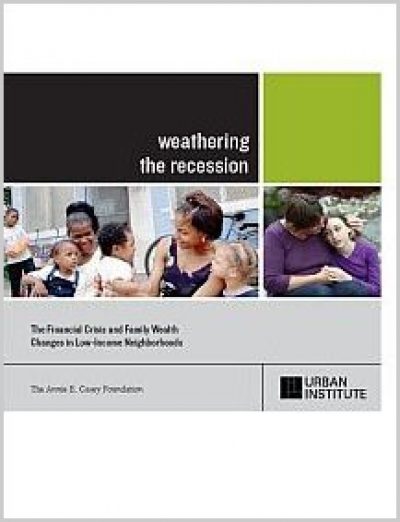Assets
The most common assets for families in this study are bank accounts and cars; home equity is the largest single source of wealth.

Assets help families meet short-term needs and attain long-term goals, assisting them in weathering financial crises — job loss or unexpected bills — and realizing goals such as owning a home, financing retirement or investing in higher education or a small business. The recent financial crisis has shown both the importance of asset building and that it is by no means a risk-free proposition.
This report sheds more light on how families have fared during the Great Recession, looking more closely at those living in low-income neighborhoods who may see disproportionate effects from the crisis due to targeted subprime lending, less access to traditional credit sources and higher unemployment rates. It uses the variation in household and neighborhood characteristics within and across several low-income neighborhoods that were part of the Foundation’s Making Connections initiative to identify the families most affected by the crisis, and examines the relationship between household and place characteristics and changes in wealth.
This report contributes to the broad understanding of the financial crisis by examining not just the overall local view of changes in wealth, but by using the variation in household and neighborhood characteristics within and across these low-income neighborhoods to identify the families most affected by the crisis. Those living in low-income neighborhoods may see disproportionate effects from the crisis due to targeted subprime lending, less access to traditional credit sources and higher unemployment rates.
We hope you'll find value in this report. We’d love to get a little information from you, which we'll use to notify you about relevant new resources.